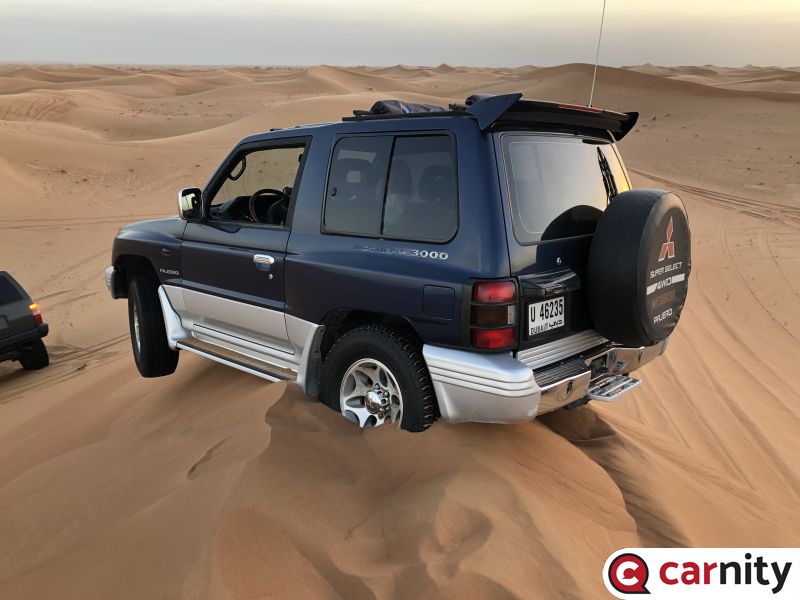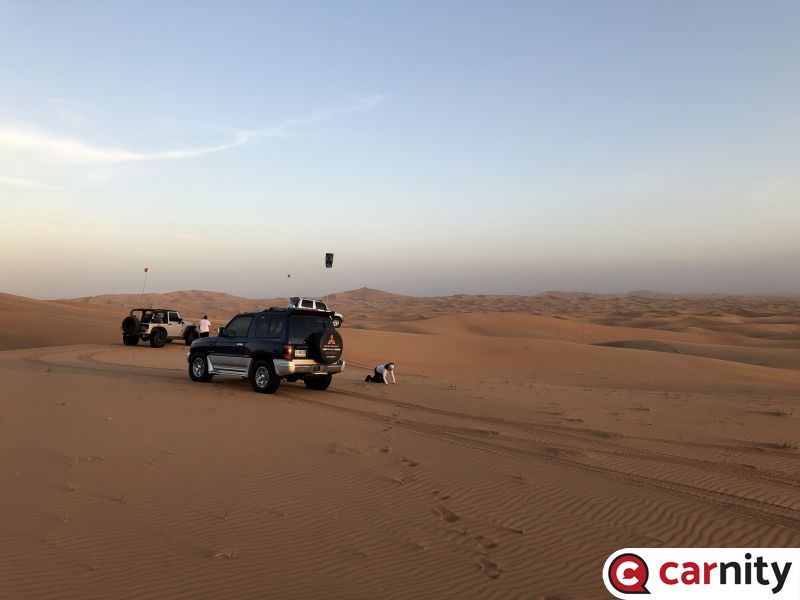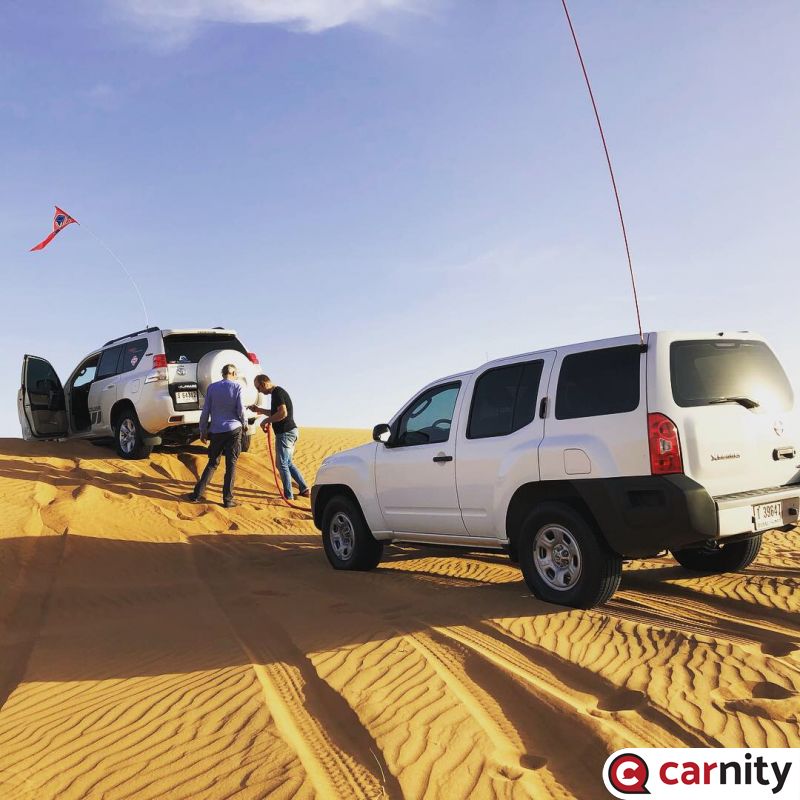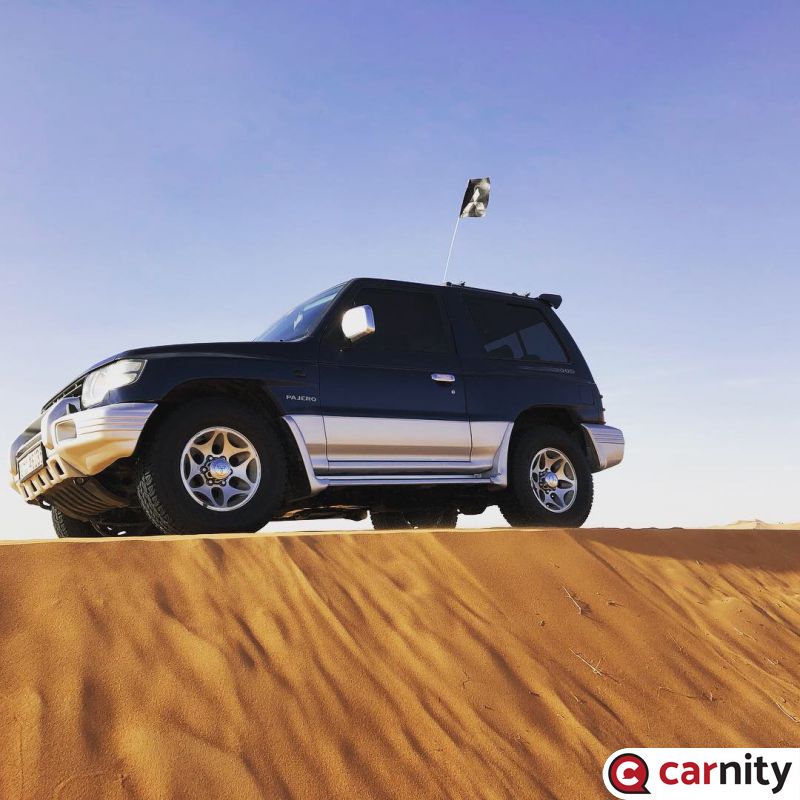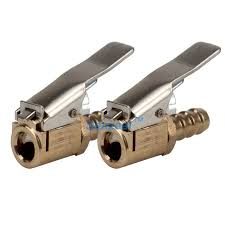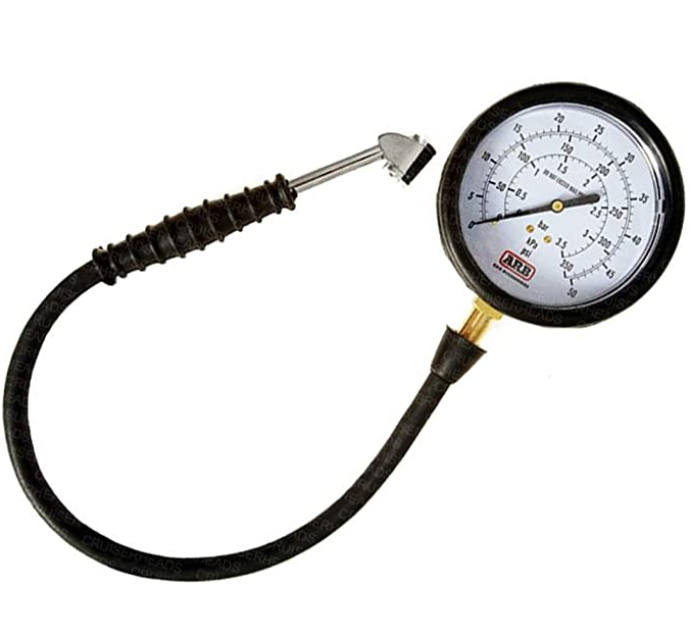-
4.9 Stars ⭐⭐⭐⭐⭐ 452 Google Reviews
-
Posts
7,092 -
Joined
-
Last visited
-
Days Won
295 -
Country
Belgium -
Carnity Points
5,932 [ Donate ]
Content Type
Profiles
Forums
Advice
Business Listing
Car Deals
Recall
OBD II Car Diagnostics
Guest lead capture
STORE
Events
Gallery
Blogs
Everything posted by Frederic
-

0CA1726A-C515-4FD7-A5C8-3DCDDA1D15D4.jpeg
Frederic commented on Frederic's gallery image in Bidayer to Iftar Bowl - Fewbie Drive - 11 Jan 2019
-

0CA1726A-C515-4FD7-A5C8-3DCDDA1D15D4.jpeg
Frederic posted a gallery image in Bidayer to Iftar Bowl - Fewbie Drive - 11 Jan 2019
-

D2D1A850-2AD8-4EB3-914B-2B7952F91A3A.jpeg
Frederic posted a gallery image in Bidayer to Iftar Bowl - Fewbie Drive - 11 Jan 2019
-

60D0BFE9-CB5B-4B99-B490-65E6574A8F36.jpeg
Frederic posted a gallery image in Bidayer to Iftar Bowl - Fewbie Drive - 11 Jan 2019
-

6A4B54F1-8DC2-4AD8-8CE7-6C7BA945CE7B.jpeg
Frederic posted a gallery image in Bidayer to Iftar Bowl - Fewbie Drive - 11 Jan 2019
-

B73E306E-9B2C-4901-B665-D97CA5C56ADF.jpeg
Frederic posted a gallery image in Bidayer to Iftar Bowl - Fewbie Drive - 11 Jan 2019
-

FE9E4323-4B72-479C-BBF2-00BBC710AC97.jpeg
Frederic commented on Frederic's gallery image in Bidayer to Iftar Bowl - Fewbie Drive - 11 Jan 2019
-

FE9E4323-4B72-479C-BBF2-00BBC710AC97.jpeg
Frederic posted a gallery image in Bidayer to Iftar Bowl - Fewbie Drive - 11 Jan 2019
-

Bidayer to Iftar Bowl - Fewbie Drive - 11 Jan 2019
Frederic replied to Gaurav's topic in Off-Road Club's Offroad Drives
Thanks @Rahimdad wish you a speedy recovery ! -

07D26AB6-E838-400F-8E60-E4FA10BFAA1E.jpeg
Frederic posted a gallery image in Bidayer to Iftar Bowl - Fewbie Drive - 11 Jan 2019
-

Bidayer to Iftar Bowl - Fewbie Drive - 11 Jan 2019
Frederic replied to Gaurav's topic in Off-Road Club's Offroad Drives
After doing the relaxing newbie drives, I was after a bit more adrenaline and i clearly got what i asked for. Gaurav took us on an adventurous trip combining all key components of what fewbie level and up is all about: crisscrossing, side sloping, getting crested and recovered, redlining the car and squeezing to find that last little horse power in the engine. As I mentioned last night this drive kept me so busy mentally that half of the time I was not looking in my back mirrors for the car behind me. Definitely something I learned again is to keep enough distance between the cars at this higher pace but ALWAYS keep an eye on your buddy behind you (thanks Gaurav). Some of us got crested, myself included, but ALL kept a positive attitude, remained calm, and listened to our senior members and that is essential to the whole drive. Respect and thanks to everyone and looking forward to the next one ! -

Bidayer to Iftar Bowl - Fewbie Drive - 11 Jan 2019
Frederic replied to Gaurav's topic in Off-Road Club's Offroad Drives
Camping plans postponed to next week. Count me in 🙏🤪 -

Fast and furious car collection up for auction
Frederic replied to Barry's topic in General Discussions
Cool. Imagine arriving at the RTA with that one- 1 reply
-
- 2
-

-

Bidayer to Iftar Bowl - Fewbie Drive - 11 Jan 2019
Frederic replied to Gaurav's topic in Off-Road Club's Offroad Drives
I’ll have to skip on this one unfortunately 😥 -

Newbie + level drive 21 Dec 2018
Frederic replied to Rahimdad's topic in Off-Road Club's Offroad Drives
Hi Hossein, Yes above option should definitely work. Any local car workshop can easily do this in about 40 minutes.You can maybe show them the diagram, or do it yourself if you're a bit handy with wiring and soldering. -
Dear Sajith, 1) Be careful when you source a two way radio at Dragonmart, i have seen lots of fake models that look very similar but logo is slightly different or some functions are not working. In any case it needs to be a UHF model with MANUAL frequency setting option. I went for the Crony 888 in a shop called Fujian which is located in the middle aisle. Both Motorola and Crony are working fine. You'll find that the Baofeng UV-5R are also popular nowadays, there is lots of information available on Youtube about them, but i think the Motorola i still the most reliable one in terms of range and battery life (correct me if i am wrong). 2) Post-offroad: I think this is a very good question you brought up. Yes, i think considering that the sand gets everywhere it would make sense to properly rinse off the bottom of the car after every drive. Some of the sand we come across really sticks as soon as it gets a bit wet and dries up. 3) In the EB section you'll need to browse around a bit. If i am not mistaken you'll see a shop that sells all these LED Offroad lights on the left side. Go across the other side through the narrow passageway. There is a shop that sells bicycles and kids quads. They have the flags. Welcome to Carnity !
- 17 replies
-
- 2
-

-

DIY $10 Jeep Wrangler JK ABS ESC Kill switch - Easy way
Frederic replied to Jocreative's topic in Jeep Wrangler Forum in UAE
-

DIY $10 Jeep Wrangler JK ABS ESC Kill switch - Easy way
Frederic replied to Jocreative's topic in Jeep Wrangler Forum in UAE
On more recent cars the fuses are now smaller, so inserting the male spade becomes a bit difficult. You can take a spare or new fuse, break it open, and use these spades to solder your wires on. -
wonderful read @skumar83 It made me think of my ex-father in law's favourite quote: "The more you spend hours and elbow grease on it, the more you'll eventually love and appreciate it". Sometimes it takes blood, sweat, tears, and pockets full of money and time to have our cars in the state we want them to be, but we tend to forget the journey and the joy it can give us. I makes me also smile to see my son arriving with his screwdriver to help me out and i hope he inherits the same curiosity for technique as i have.
-
When starting as an off-roading enthusiast in UAE, you will come to hear about deflating your tyres, and setting your tyres to the right tyre pressure is one of the first things you will need to learn to master. The main reason for deflating your tyres is to obtain a longer footprint in the sand, and that enables you to drive on the sand, instead of digging into it. Tyre pressure is defined in PSI (pounds per square inch) or Bar. You will find both readings on your pressure gauge. In UAE most people use PSI, and the gas station compressors also use the PSI identification. Below you can see the corresponding PSI and Bar readings. As a beginner level offroader, you should reduce your tyre pressure to about 15 PSI. This is low enough to enable you to drive in the dunes without the risk of the tyre coming off the rim. This 15PSI is also perfect for on-road-tyres. After a few drives, and depending on the terrain, or if you have offroad tyres, you can slowly deflate further down to 10-12 PSI. Take note that the risk for having a pop-out will increase, so don't be afraid to post your questions on the Carnity website or consult one of the marshals if you are not sure about your tyre pressure. There are different ways of deflating your tyres, and each have their advantages and disadvantages. The more you will practice, the sooner you will find out what works best for you. How does a stem valve looks like ? The stem valve is consisting out of 3 pieces. The body, that is made of flexible rubber, the core, and the valve cap. Take note of the following: - The rubber valve body wears out over time. Once you start to see cracks, it is advisable to get it replaced at the nearest tyre center. - The valve core is a tiny component with a small rubber gasket. If you remove them on a weekly basis, the gasket slowly wears out or the core can even break. Carry 5-10 spares in your vehicle. The tyre center often give them for free. - The valve cap keeps dirt and sand from entering into the valve, so it's advisable to always screw the cap back on. The process of deflating / inflating goes by either pushing in the valve core, which allows air to be released, or by removing the valve core, which is a much faster option. How to check the tyre pressure ? Verifying your tyre pressure is really easy. Get yourself a pressure gauge, and push it against the tyre valve, or screw it on (depending on the model). You will see the reading in PSI or Bar. The digital ones are fine, but one day the battery will be empty, so a good old analogue is preferred to have as well. PS if you find that your gauge has difficulties reading the tyre pressure, and you really need to push it hard onto the valve, this is an indication that the valve core is worn out. Replace it with a new one and you will see that this will solve your problem. Which tools to deflate and how much time will it take ? 1) Set of keys, a rock, or anything you might find in your car (+/- 15 mins) PROS: CHEAP and plenty of stuff available CONS: Takes a very long time which you could use for a smoke or a chat and risk on damaging the valve stems. 2) Valve Chucks (4-5 minutes) Buy 4 of them and stick them on all tyres simultaneously and then wait about a few minutes (as per your type and size of tyre) to arrive at around 17-18 psi. Then take one tyre at a time and use your pressure gauge to further decrease and finetune the pressure of each individual tyre. PROS: Fast and Cheap CONS: none that i know off. 3) Stem removal tool (2-3 minutes) Available in most hardware shops. Enables you to remove the valve core stem so the tyre pressure comes down very fast. PROS: Very Fast and Cheap CONS: Be careful not to lose the stem as it can blow out. So taking some spare is advisable. Be careful not to deflate too much as it really goes fast. Use a stopwatch and learn to find the perfect timing when to screw it back in, and then double check with a pressure gauge. 4) Rapid Tyre deflator and pressure gauge ( 4-5 mins) This tool enables you to loosen the stem, quickly deflate and immediately take a pressure reading. PROS: Professional tool for reasonable price, pressure gauge and deflator in one tool. CONS: Might take a bit of practice to get the hang of it. The fake chinese ones are failry unreliable. As with all tools and gear, we advise you to practice a bit at home to become familiar with them. It is also recommended to carry two pressure gauges, so you can compare them with each-other and double check your readings. Often we have seen pressure gauges giving accurate readings at high pressures (35) but very inaccurate results at 10-15 PSI which requires a good quality gauge. Do give us your feedback on your favorite tools !
- 29 replies
-
- 17
-

-

-

-

-

Frederic Nuyttens has been promoted to fewbie level
Frederic replied to Gaurav's topic in Off-Road Club's Announcements
Hahaha indeed it did ! Thanks buddy !- 10 replies
-
- 3
-

-

-
After arriving in the UAE a few years back, I was looking for a reliable small car (read cheap) that I could take out for camping in the desert but also would serve as my daily commuter that has a decent backseat (sorry wranglers). I started googling and looking on the local sites and had Xterra, Gen 4 Pajero SWB, and Jeep XJ on my radar when suddenly I came across the little ‘99 SWB that stole my heart as it was quirky yet in such a good shape and used to belong to an Emirates pilot that drove it on the weekends. I settled on it and only after googling to get more information and details and coming across the adventures of @Gaurav on Carnity i came to know this oldie can go a long way in the dunes. I had the engine and rear axle replaced and since then it’s been running smoothly but low on power on my first off-road drives which frustrated me after having all the reactions from the local workshops saying “it’s normal sir it’s just an old car”. Spent weekends on measurements of TPS, Massflow meter, injectors cleaned, trying K&N filter but to no avail. I came across a guy that runs a little shop in al quoz and he told me the timing was probably a bit off. After adjusting it it finally opened up and I’ve been a happy camper since then. colleagues and friends keep asking me why I’m driving such an old car, I just tell them that it does what it’s suppose to do brilliantly and that’s what the Mitsubishi brand has been about I guess.
-

Hossein has been promoted to fewbie level
Frederic replied to Gaurav's topic in Off-Road Club's Announcements
congrats @hossein !! Seems like removing the ABS fuse did the trick 😉 -

Jibran Sayed has been promoted to fewbie level
Frederic replied to Gaurav's topic in Off-Road Club's Announcements
Congrats @jibransayed !! -

Frederic Nuyttens has been promoted to fewbie level
Frederic replied to Gaurav's topic in Off-Road Club's Announcements
Thanks a lot Gaurav, the stuff I’ve learned from you, @Rahimdad and other team members will be something that i won’t forget.- 10 replies
-
- 3
-


